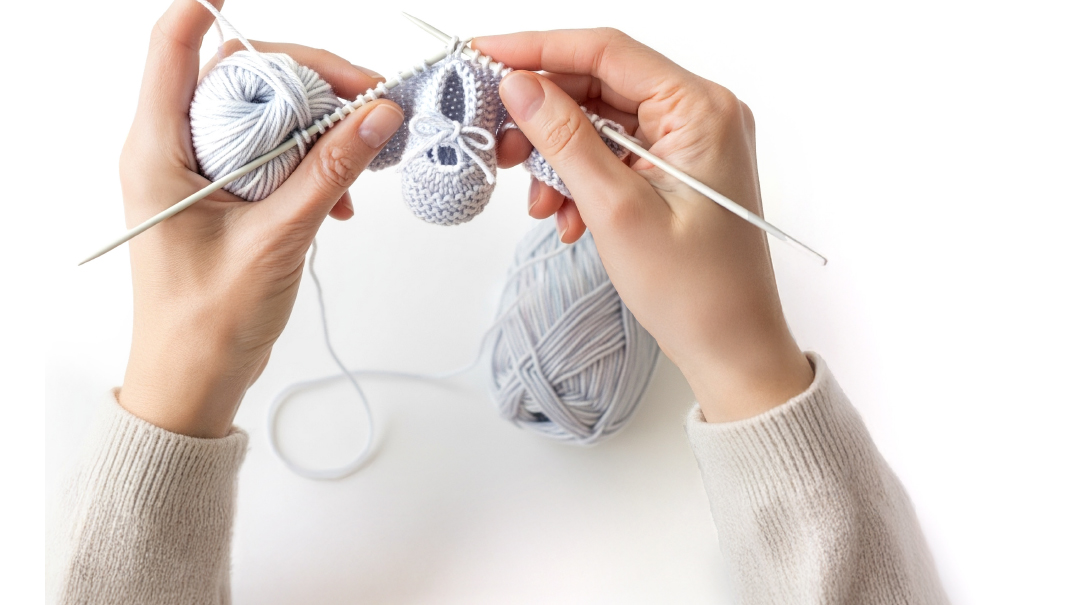Out of Sync
| April 2, 2024When a kid’s development is out of sync with their peers, what’s a parent to do?

D
ini was a little genius. An early talker, she could relate stories at 18 months old, a foreshadowing of her later academic high-achievement. When it came to learning, Dini knew it all, and nothing was ever hard for her. She was reading adult-level books in early elementary school, and not surprisingly, the first and second grades of school were a walkover.
But during third grade, things changed — for the worse.
Dini had a huge range of knowledge, sometimes knowing even more than the teachers. She was eager to share this, but instead, often ended up getting squashed by her teachers. On top of that, she had jealousy from peers to contend with. Much to the astonishment and dismay of her parents, “School became a struggle,” says her mother.
Then, one day, Dini suddenly declared she wasn’t feeling well. For a full three weeks she stayed home, her parents assuming she’d contracted some kind of low-grade virus. But they eventually realized that Dini’s physical symptoms were actually rooted in her unhappiness in school. They took her to be assessed by an educational psychologist, on whose test she scored at a 16-year-old level in a number of areas, even though she was only eight.
Asynchronous Development
Dini’s parents discovered there was a name for this situation — Asynchronous Development — in which children develop at an advanced rate across the emotional/social, intellectual, or physical spectrums, making them out of sync with their chronological age. Typically, a child who develops asynchronously is well ahead in one of these areas, but may struggle in other areas because of this lack of synchronization.
As the UK National Association for Gifted Children explains, “Where a child is very advanced in some areas, but their development is only typical of their age in others, this may lead to... misunderstanding, frustration and some behavioral issues.” For example, an academic high-achiever who is developing asynchronously is at times capable of mature reasoning and can astound an adult with the depth of their conversation, yet at other times he or she will throw a tantrum over a seemingly trivial issue and behave like a much younger child, confounding the adult.
Evelyn Wells, Dip PG Cert MBCAP, is an experienced Family and Child/Adolescent therapist who has seen a lot of kids with asynchronous development over the years, especially those with advanced intellectual faculties. “These children are very smart but often come across as know-it-alls. Because they grasp things so quickly, they get frustrated and find it hard to understand when others aren’t as quick. Socially, they may be sought after during exam time, when the phone doesn’t stop ringing, and then find they’ve been dropped.”
Oops! We could not locate your form.







